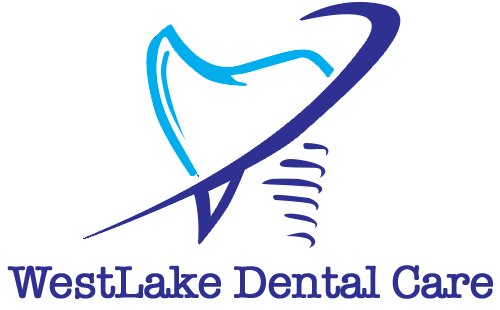This article explains the misunderstanding surrounding mouthwash and whether it harms oral health. Here’s a simple breakdown:
1. Mouthwash and the Oral Microbiome
- The mouth is home to beneficial bacteria that help maintain health.
- Plaque is a harmful biofilm, while healthy biofilm protects the mouth.
- Some claim mouthwash damages good bacteria, but biofilm is resilient.
2. Different Types of Mouthwash
- Chlorhexidine: A strong hospital-grade antiseptic that kills surface bacteria, including those on the tongue that help produce nitric oxide (important for heart and brain health).
- Listerine: Contains essential oils and is often confused with chlorhexidine, but it mainly targets harmful bacteria and does not destroy beneficial biofilm.
- ACT: A fluoride rinse, mainly for strengthening teeth.
- Scope: Contains an antiseptic called CPC, different from chlorhexidine.
3. Misunderstandings in Research
- Studies linking mouthwash to high blood pressure fail to differentiate between types.
- Everyday activities like eating, drinking, and brushing already remove some bacteria, but biofilm restores itself in 60-90 minutes.
- Chlorhexidine is the real concern for nitric oxide reduction, not common mouthwashes like Listerine.
4. Maintaining Oral Health
- A good diet, xylitol use, proper oral care, and allowing the mouth to rest between meals support a healthy microbiome.
- Testing for bacteria and nitric oxide can help assess oral health.
Bottom Line
Mouthwash isn’t inherently bad, but some types (like chlorhexidine) can harm good bacteria in certain cases. The confusion comes from misleading headlines and mixing up different types of mouth rinses. Proper oral care and a balanced microbiome are key to maintaining a healthy mouth.


